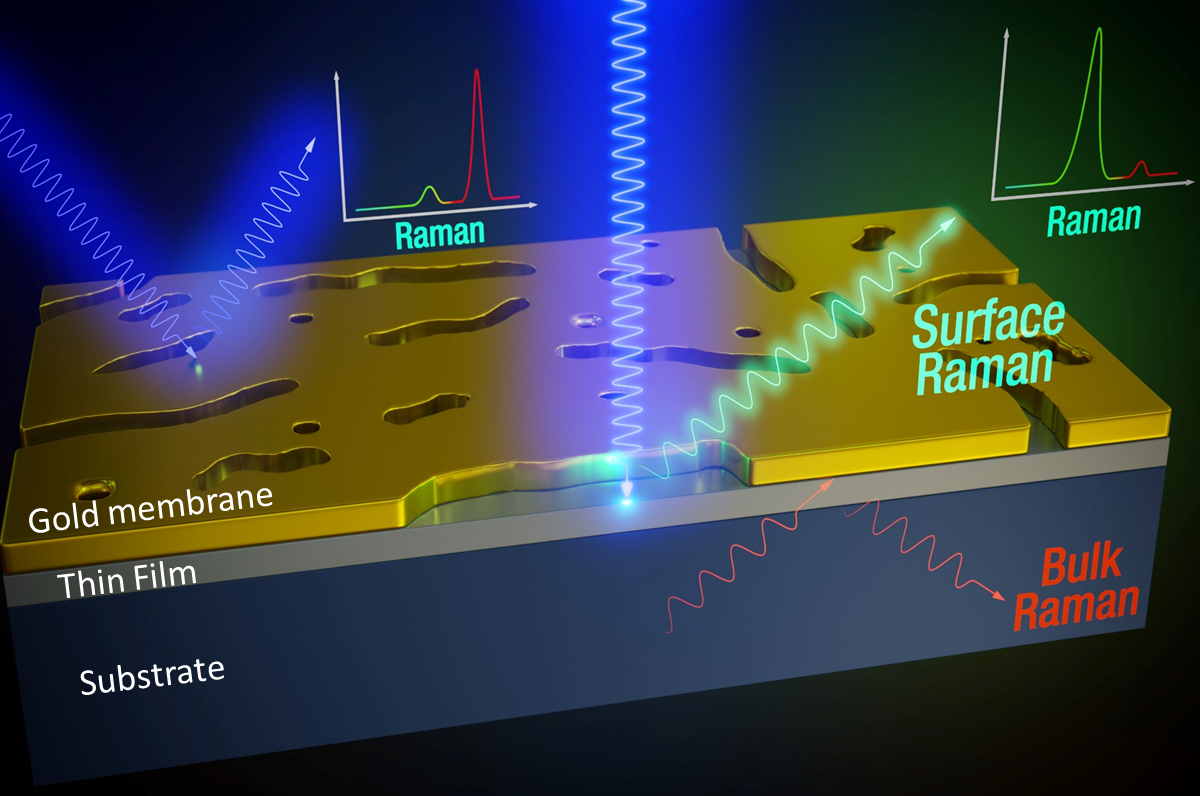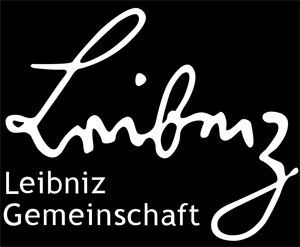A groundbreaking surface-sensitive Raman spectroscopy technique has been developed, and was recently published in the renowned journal Nature Communications („Bulk-suppressed and surface-sensitive Raman scattering by transferable plasmonic membranes with irregular slot-shaped nanopores“, https://rdcu.be/dLgOm). This method uses plasmonic gold membranes with slot-shaped nanopores to significantly enhance the surface-to-bulk Raman signal ratio.
The method's versatility was demonstrated by identifying unique surface signatures of 2D materials, such as graphene, in LaNiO₃ films, and SiGe-based heterostructures, highlighting its potential for various scientific and industrial applications.
The achievement was a collaborative effort between ETH Zürich, Le Mans Université, Leibniz-Institut für Kristallzüchtung (IKZ), spearheaded by the group of Sebastian Heeg at Humboldt-Universität zu Berlin.
Key Contributions to Silicon-Germanium Thin Film Analysis
IKZ Berlin contributed by providing high-quality isotope-pure silicon-germanium thin films, essential for the study. These films are pivotal for quantum computing due to their compact size, stability, and compatibility with the advanced Si fabrication technologies.
The technique enhances the surface-to-bulk Raman signal ratio by up to three orders of magnitude, allowing for highly precise surface characterization, making to possible to study strain in such thin heterostructures in great detail. Together, with the ability of Raman spectroscopy to distinguish between vibrations modes of the different isotopes that make up these heterostructures, make the method an outstanding tool to investigate quantum materials. This will be the focus of further upcoming investigations.
For further information regarding SiGe quantum materials:
Dr. Kevin-Peter Gradwohl (IKZ)
For further information regarding Raman spectroscopy:
Dr. Sebastian Heeg (HU)


